As in years gone by, 2020 was slated to be the ‘year of enterprise migration’. But this year, it actually happened! Cloud adoption by businesses has been continually rising, and while this change may have been prompted by Covid-related restrictions, its benefits extend far beyond enabling remote working. So, now that so many businesses are on board, here’s our review of some of the mega trends we’ll be seeing more of into 2021.
Multi-Cloud Strategies
According to a cloud adoption survey by Gartner, 81% of companies using public cloud platforms are using more than one cloud provider. The reason is clear. No two businesses are exactly the same, and neither are their cloud requirements. By adopting a multi-cloud strategy, a company can select different cloud services from different providers to create the ideal blend to suit their workloads.
Cloud providers themselves are facilitating this trend by providing relevant tools that enable users to handle data from multiple public cloud platforms. Google’s Big Query Omni is one such example.
Hybrid Cloud
For many highly-regulated organizations, strict latency and data security policies restrict the use of the public cloud.
A hybrid cloud offers seamless integration between a company’s data center and the public cloud. It provides all the advantages of the public cloud, without losing the usable, working hardware in the existing IT system or data center, addressing low latency issues while enabling data and apps to move securely between the two.
In 2020, one of the most prominent trends in the hybrid cloud was the private cloud. Facilitating accelerated cloud migration, storage, disaster recovery, infrastructure as a service and back up, it enables assets or servers to be kept local and securely backed in the public cloud. The ‘Inner Cloud’ from CloudZone by Matrix is one such private cloud solution.
Artificial Intelligence and Machine Learning
Machine learning (ML) and artificial intelligence (AI) technologies are used by enterprises in diverse fields – from retail to agriculture, manufacturing to finance – to solve complex business problems, increase the value of their products, prevent fraud and more. In the cloud too, ML and AI are having an impact.
Public cloud platforms, together with open source tools, are helping enterprises build and implement vertical-specific machine learning capabilities and solutions, based on algorithms that create valuable insights, enabling the classification of data, predictions, and more. When it comes to productionizing an existing ML/AI workload too, MLOps tools such as MLflow and KubeFlow can be implemented into popular frameworks such as TensorFlow, PyTorch, to provide scalability, monitoring, concept drift detection, and more.
Cost Control and FinOps Culture
Once an enterprise has implemented the cloud, unless a conscious effort is made to optimize spend, it can quickly spiral out of control. The key to running a cost-effective cloud environment is to understand the value of each service, and make an informed decision as to which are required at any given time.
The first step in achieving such a FinOps cloud culture is to achieve cost visibility, namely understanding what cloud elements are part of a package, and at what cost. This visibility supports governance and monitoring, enabling enterprises to put in place the correct policies, ideally even implementing monitoring tools to keep on track. When unnecessary spending, or a more cost-efficient alternative, is identified, the appropriate action can be taken so that ultimately, the enterprise is only paying for – and is fully utilizing – those elements that best serve its infrastructure and business needs.
Edge Computing
Our final megatrend is edge computing. This is a new and exciting area of technology whereby masses of data are physically transported to and from the cloud, from non-data center environments and even in locations where network connectivity is unreliable.
Whereas physical distance from a cloud data center can often cause latency and slowness, with edge, localized data centers bring data processing and analysis closer to where the data is actually created – at the edge of the cloud, or beyond the edge of the network. This enables the delivery of intelligent, real-time responsiveness, and streamlining of the data transferred.
With these five megatrends set to transform use of the cloud, enterprises have everything to gain by migrating their operations. And, as ever, Matrix and our subsidiary CloudZone, have all the expertise you need to get it right, first time.

